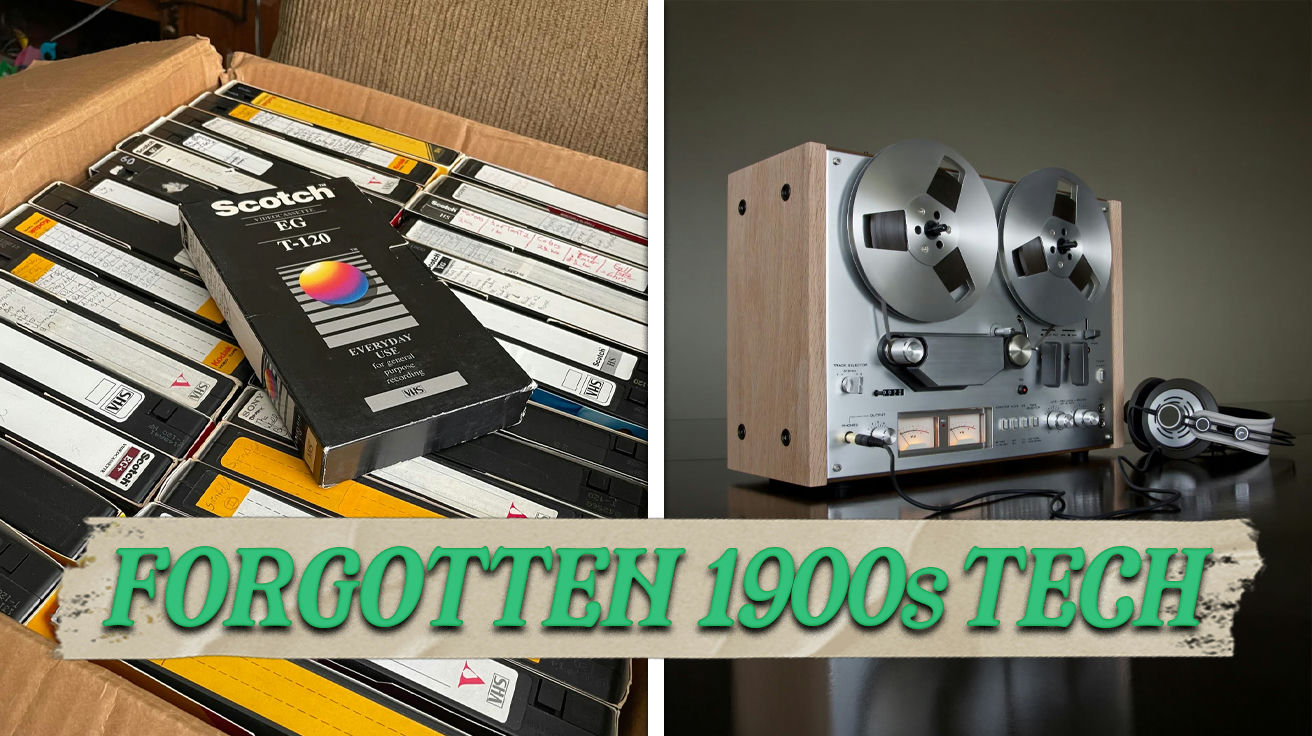Your most treasured childhood memories were engineered by marketing executives. Those plastic toys buried in cereal created breakfast excitement that transformed ordinary mornings into treasure hunts.
Brands crafted campaigns around collectibles that had children digging through flakes for prizes. The strategy brilliantly encouraged families to buy box after box, generating excitement completely disproportionate to these simple toys. Finding that final piece somehow became a child’s urgent mission.
Health concerns eventually closed this chapter of childhood.kit
The sound of plastic hitting the breakfast bowl has faded into history, replaced by digital codes, leaving only nostalgia for those who experienced the original cereal box hunt.
20. Party Line Telephones (1930s-1970s)
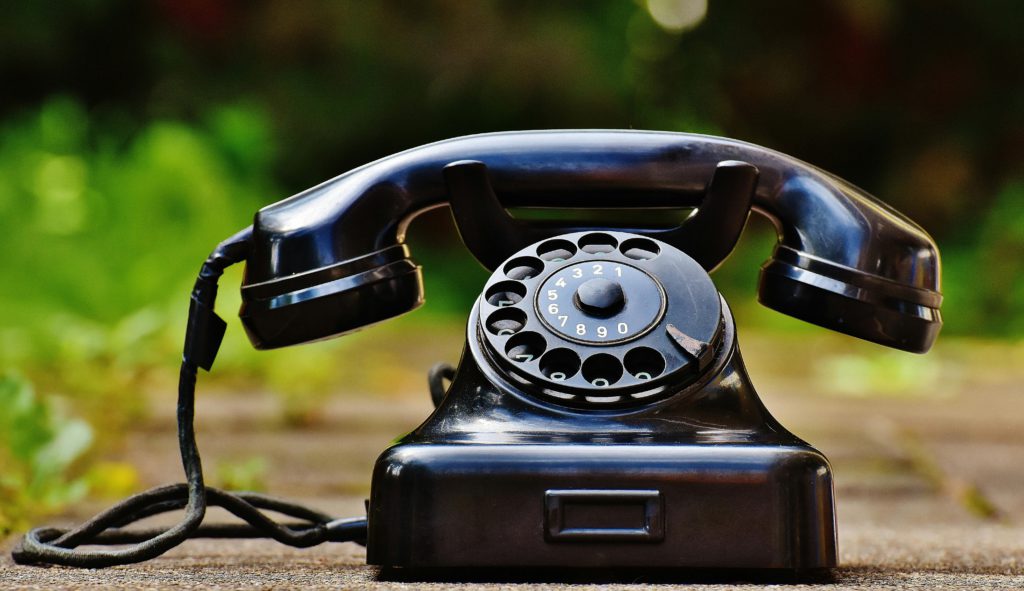
Imagine having every neighbor potentially listening to your private conversations – the privacy nightmare of party line telephones was also the technological solution that brought connectivity to rural America.
Each family had a unique ring pattern that identified incoming calls. Privacy? That wasn’t really part of the deal. The telephone functioned as a community hub rather than a personal device.
Most families established a firm rule: if you picked up the receiver and heard neighbors chatting, you quietly hung up and tried again later. Unless it was Mrs. Henderson gossiping about the new schoolteacher—then you might linger a bit longer.
As telephone infrastructure expanded through the countryside, private lines gradually replaced this shared model. By the late 1980s, party lines had mostly disappeared, though some remote areas maintained them into the 1990s.
19. Phone Books (1950s-2000s)
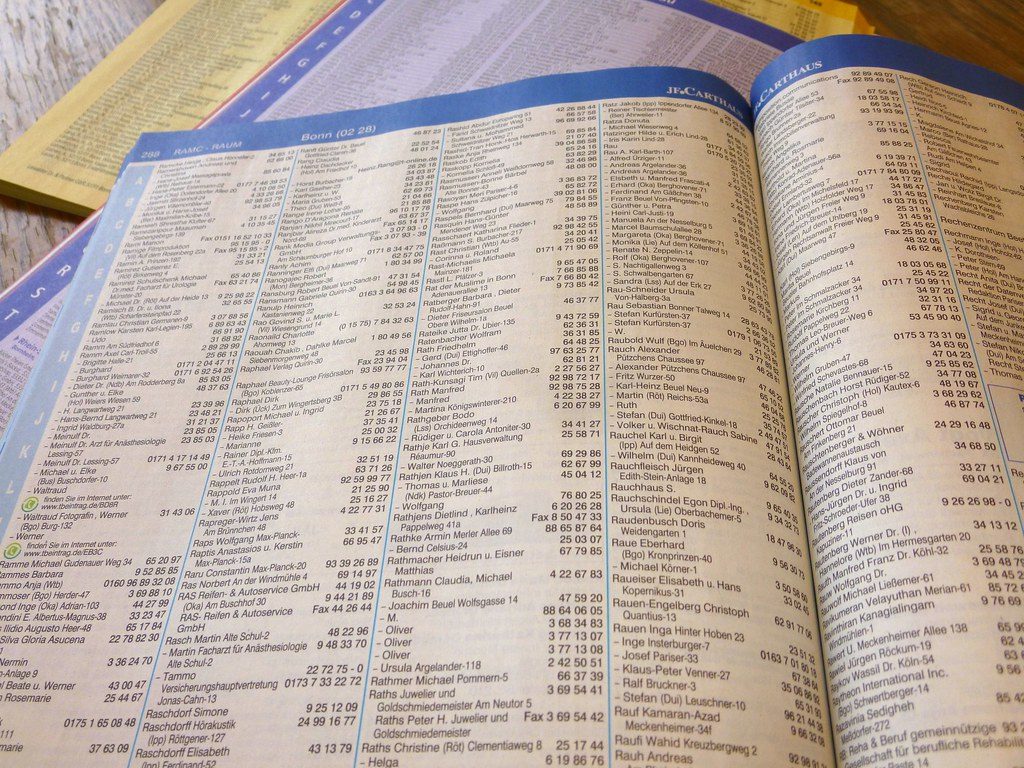
If you’ve ever needed someone’s number before the internet age, the whisper-thin pages of phone books provided the only comprehensive contact solution, albeit with paper cuts as a frequent side effect.
Finding someone meant flipping through thin pages packed with tiny print—like searching for a specific grain of sand on a beach. These directories served numerous secondary purposes beyond looking up numbers.
They boosted small children at dinner tables, pressed flowers, and provided emergency fuel for camping trips. At their peak in the 1980s, phone books consumed forests worth of trees annually.
Digital directories and smartphones eventually rendered these bulky books obsolete. Many younger people have never flipped through those tissue-thin yellow pages or experienced the frustration of missing the one name you needed.
18. Car Phone Antennas (1980s-1990s)
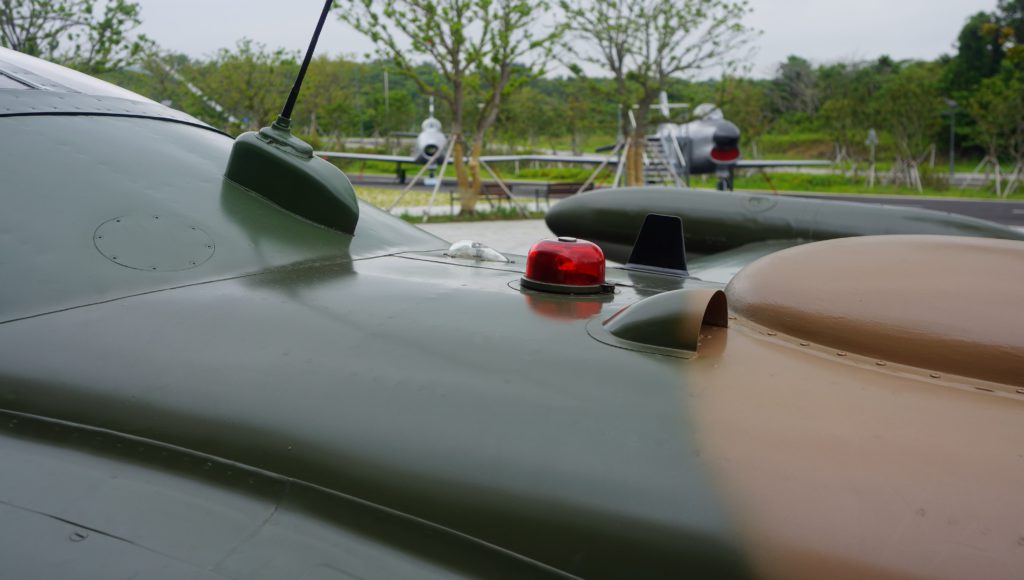
The telltale metal stalk sprouting from a car roof immediately identified 1980s power players, transforming vehicles into status symbols while solving the technical challenge of maintaining cellular connections.
These external antennas maintained connections for the earliest mobile phones—boxy devices that cost as much as a decent used car. Without these conspicuous attachments, calls dropped constantly while driving.
The antennas became status symbols during the early mobile era, much like the flashy Gordon Gekko showing off his massive brick phone in “Wall Street.” Improved cellular technology eventually made external antennas unnecessary.
Modern phones connect seamlessly through internal antennas, and those rooftop protrusions have joined the scrapheap of technological history. Here are more car innovations that disappeared after a while.
17. Dial-up Modems (1990s-early 2000s)
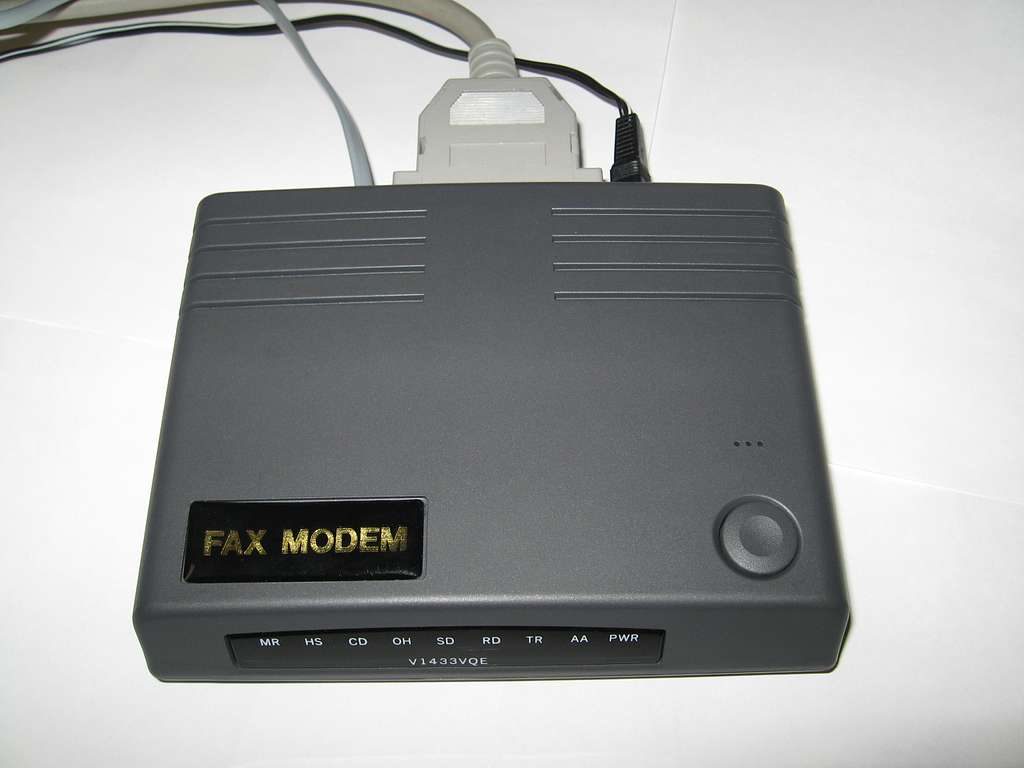
That distinctive screeching noise—halfway between a robotic screech and electronic chaos—announced your journey to the information superhighway while simultaneously testing your patience with its glacial speed.
Dial-up modems linked computers to the internet through standard telephone lines at speeds that would make a snail look speedy. At 56 Kbps (about 1/200th of today’s average connection), downloading a single song took longer than baking a cake.
Loading a basic webpage required enough patience to qualify as a meditation exercise. And heaven forbid someone picked up the phone while you were online—instant disconnection guaranteed!
Broadband and wireless connections eventually banished these noisy boxes to storage closets and museums. Yet that distinctive connection sound remains burned into the memory of anyone who surfed the early web.
16. Slide Rules (1920s-1970s)
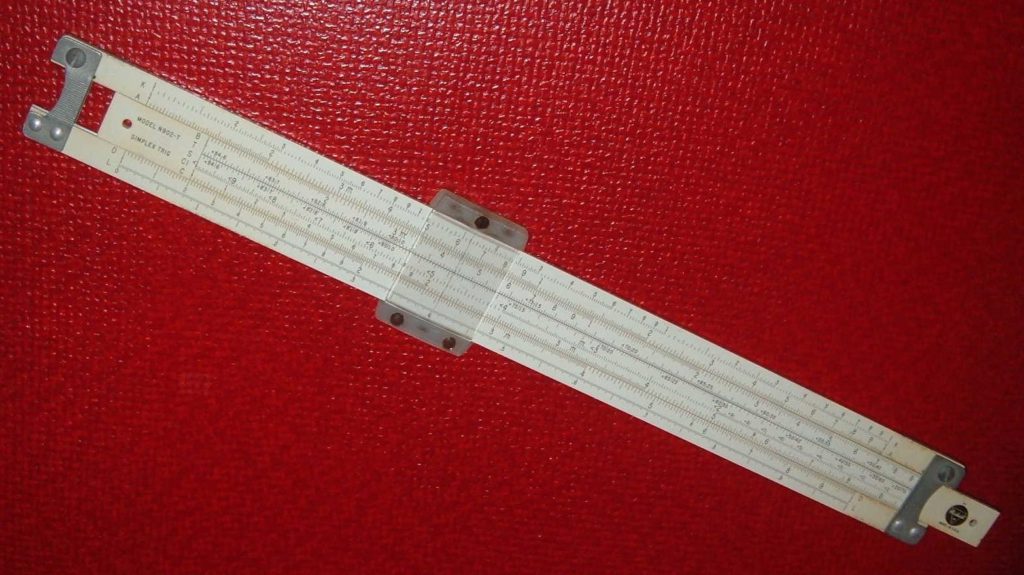
Calculating complex logarithms in seconds without batteries made slide rules the indispensable tool for generations of engineers, despite their steep learning curve.
These analog devices performed complex calculations long before electronic alternatives existed—like having a mechanical computer that never needed charging. Skilled users manipulated these logarithmic scales with remarkable speed.
They could multiply, divide, and calculate trigonometric functions within seconds. Using a slide rule required genuine mathematical understanding since you needed to estimate decimal points yourself.
Electronic calculators in the 1970s quickly rendered these elegant tools obsolete, ending three centuries of analog calculation tradition. Today they’re mostly found in museum displays or the nostalgic collections of retired engineers.
15. Adding Machines (1890s-1980s)
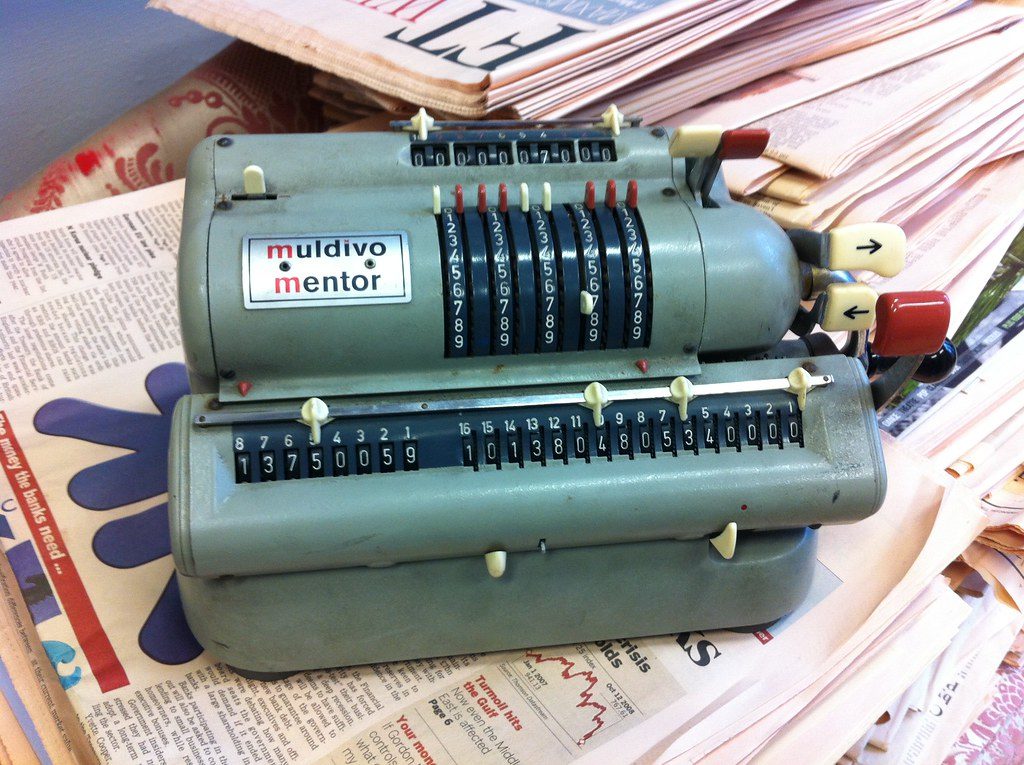
The satisfying mechanical ca-chunk of adding machines provided both auditory confirmation and mathematical accuracy, helping businesses avoid costly calculation errors while creating the soundtrack of commerce.
Operators hammered numbered keys, pulled levers, and produced long paper trails of calculations. These machines transformed bookkeeping from an error-prone manual process to something approaching automation.
Early models cost around $100 in 1910 (about $2,800 today), representing significant business investments. The distinctive sound defined accounting departments for decades until electronic calculators and computers silenced them forever.
These mechanical wonders now serve mainly as steampunk-esque decorative items or museum pieces.
14. Typewriter Keyboards (1900s-1990s)
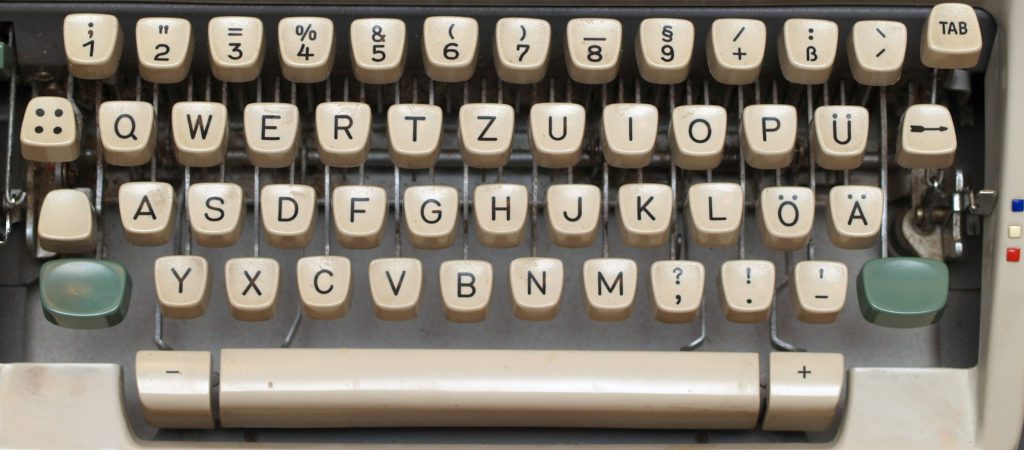
If you’ve ever enjoyed the satisfying clack of mechanical keyboard keys, you’re experiencing the echo of typewriters that revolutionized written communication while demanding physical stamina from their operators.
Creating documents required physical effort with each keystroke. Mistakes proved costly—either start over or deal with the messy evidence of correction fluid. The very keyboard layout we use today (QWERTY) originated not for efficiency but to prevent typewriter jams.
Despite their limitations, these machines democratized written communication for businesses and individuals alike. Electric typewriters appeared in the 1930s but gained widespread use in the 1960s.
They eased the physical demands of typing but still required mechanical maintenance. Personal computers eventually sent typewriters to antique shops, though their tactile feedback still appeals to some writers and collectors.
13. Punch Card Data Storage (1950s-1970s)
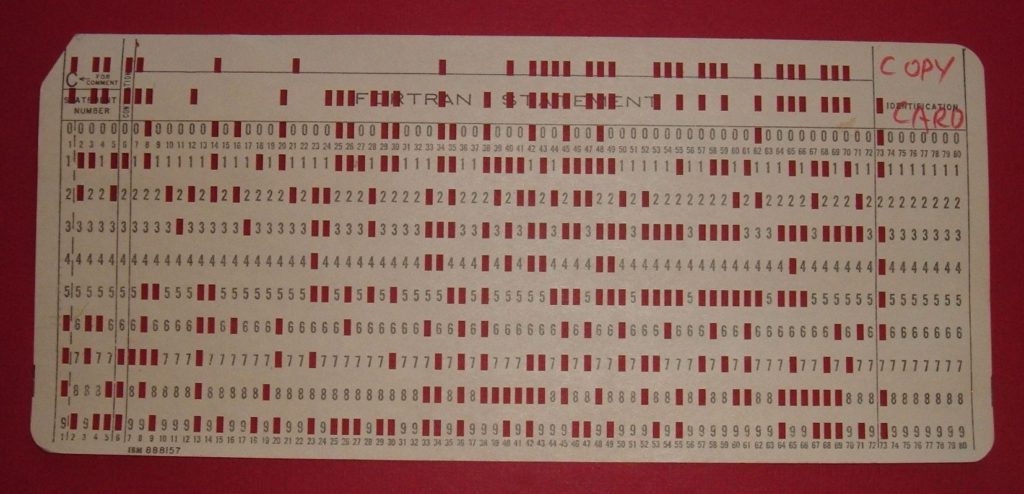
A single coffee spill could destroy hours of computer work when punch cards were the primary data storage method of the computing world.
Each card typically held 80 characters—barely enough space for a modern tweet (and people complain about character limits now!). These fragile cards required careful handling. A bent corner could corrupt data and ruin hours of work.
Computer operators transported boxes of sequentially numbered cards with extreme caution. A dropped box meant a tedious reordering process. Programs that now fit on a thumb drive once required thousands of cards.
Magnetic storage methods in the 1970s mercifully ended the punch card era, though they occasionally appear in vintage computing exhibits.
12. Steel Ice Cube Trays (1930s-1960s)
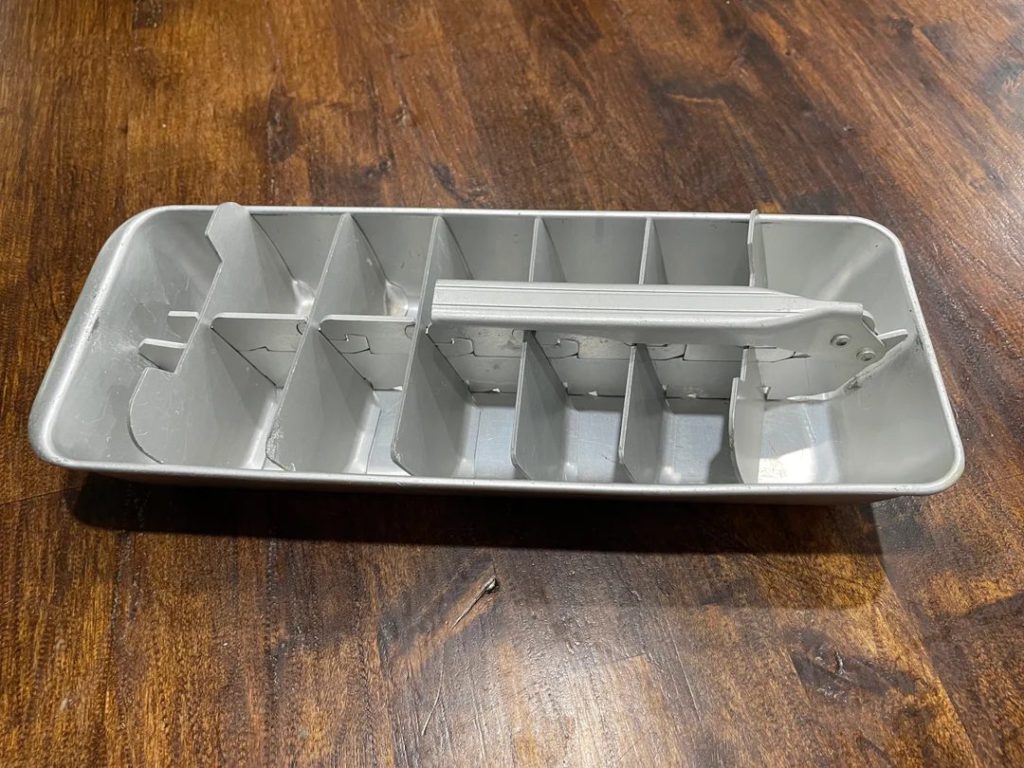
Getting ice for your drink once required the equivalent of a mini-workout, as steel ice cube trays demanded physical strength and technical skill just to extract frozen water.
Using them required a specific technique that feels utterly foreign today—like trying to solve a Rubik’s cube with oven mitts on. You pulled a lever to crack the ice formation, then twisted the tray to loosen the cubes.
The ice typically adhered stubbornly to the metal surface, requiring considerable force or a quick warm water rinse. Fingers occasionally got pinched in mechanisms, adding injury to frustration.
These durable metal trays lasted for decades, unlike modern plastic versions. Flexible silicone trays eventually replaced these rigid contraptions, eliminating the need for miniature feats of strength just to cool your drink.
11. Home Barometers (1930s-1990s)
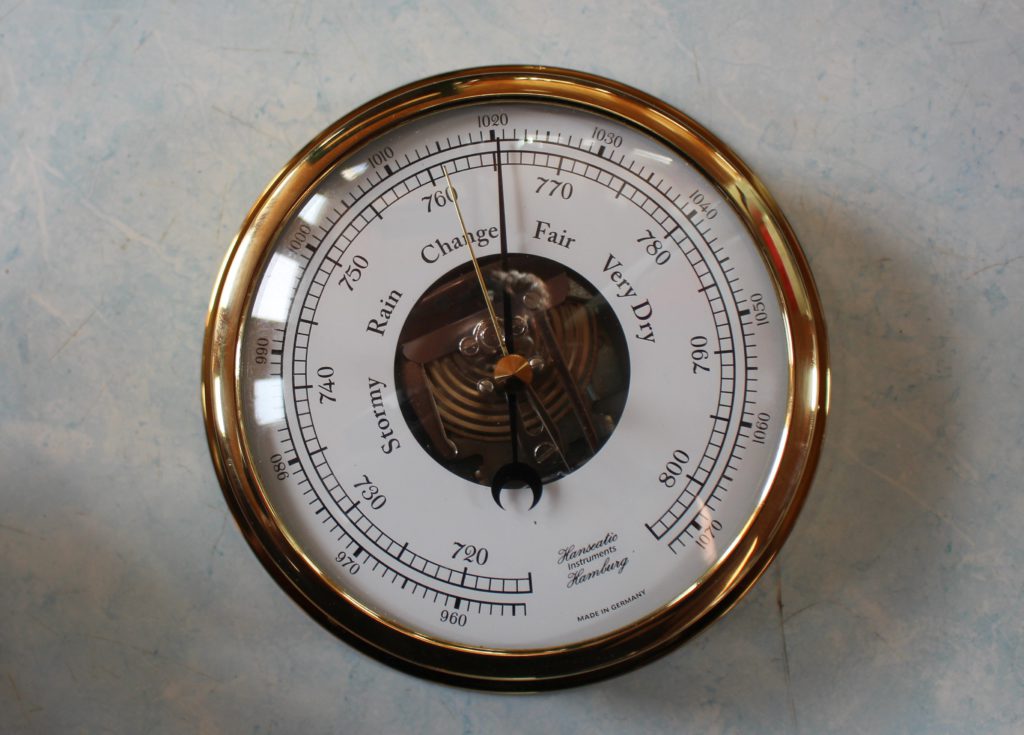
Home barometers’ ability to predict weather 12 hours ahead made them indispensable fixtures in households before digital forecasting.
They measured atmospheric pressure changes to forecast weather conditions half a day in advance. Falling pressure readings warned of approaching storms, while rising measurements suggested fair weather ahead.
Farmers and coastal residents particularly valued these early prediction tools for planning weather-dependent activities. Television forecasts in the 1960s began displacing home barometers, and smartphone apps delivered the final blow.
These once-essential tools now serve primarily as decorative antiques. They remain charming reminders of when weather prediction required more than tapping a screen.
10. Car Cigarette Lighters and Ashtrays (1920s-2000s)

The familiar push-wait-pop ritual of car cigarette lighters represents a bygone era when vehicles were designed around smoking habits rather than digital connectivity.
Vehicle interiors once accommodated smoking with specialized equipment installed by manufacturers. The cigarette lighter featured a push-in heating element that popped out when hot enough to light tobacco. Every car included strategically placed ashtrays for discarding cigarette remnants.
After the 1964 Surgeon General’s report linked smoking to cancer, cigarette use gradually declined. Car designs slowly adapted to changing social norms. Those circular heating ports evolved into “12-volt outlets” for charging phones and powering accessories.
Most modern vehicles have replaced them entirely with USB connections, completing their transformation from smoking tools to digital power sources.
9. Glass Milk Bottles (1880s-1970s)
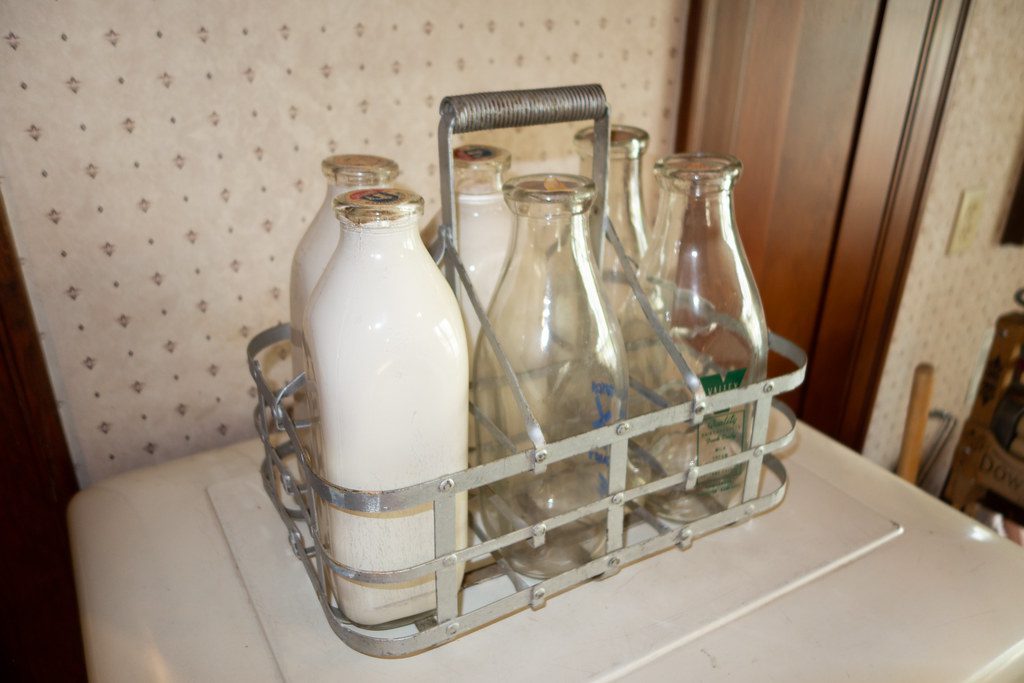
The gentle clinking sound of glass milk bottles on doorsteps once signaled the arrival of fresh dairy products, creating neighborhood rhythms while promoting product quality and sustainability.
The transparent containers showcased the milk’s quality, with cream visibly rising to the top—nature’s way of showing off before homogenization became standard. Milkmen made regular neighborhood rounds, becoming familiar community fixtures.
Empty bottles would be collected, washed, and reused—recycling before it became trendy. The system created personal connections between producers and consumers that modern supermarkets rarely match.
Plastic containers and cardboard cartons eventually pushed glass bottles aside as mass distribution replaced home delivery. Some specialty dairies now offer glass bottle options for nostalgic or environmental reasons, but the daily milk delivery belongs largely to history.
8. Blockbuster Membership Cards (1990s-2000s)
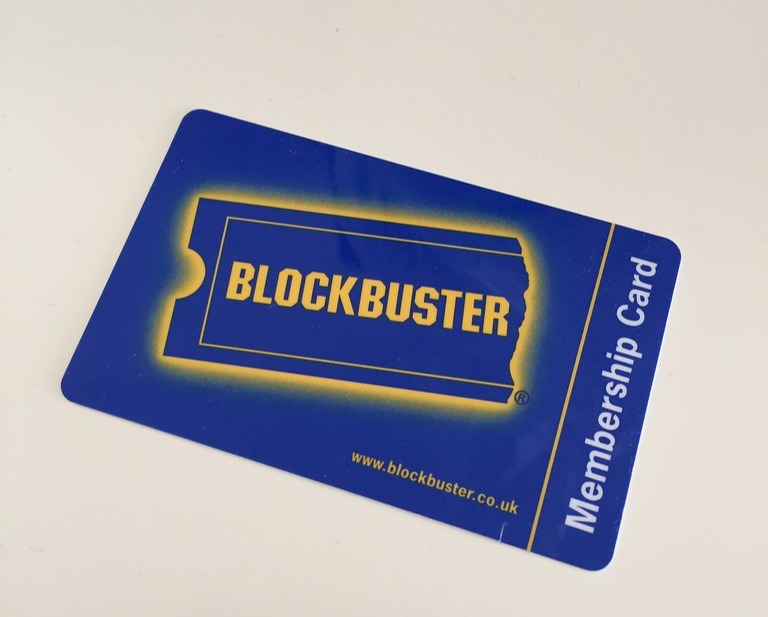
Standing disappointed in front of empty shelves on Friday night was a common Blockbuster experience, where membership cards granted access to a finite supply of entertainment.
Movie night once required a special card and physical travel to access entertainment. Blockbuster stores housed thousands of VHS tapes and DVDs in plastic cases with their iconic blue branding.
The weekend ritual feels almost ceremonial in retrospect: browsing aisles on Friday evening, debating with family members over which new release deserved your selection, checking whether you’d remembered to rewind previous rentals.
Late fees lurked as constant threats—sometimes exceeding the original rental cost when forgotten in a drawer for weeks. At its 2004 peak, Blockbuster operated 9,000 locations worldwide. Netflix’s mail service and digital streaming eventually rendered the whole experience obsolete.
7. VHS Tapes (1980s-2000s)
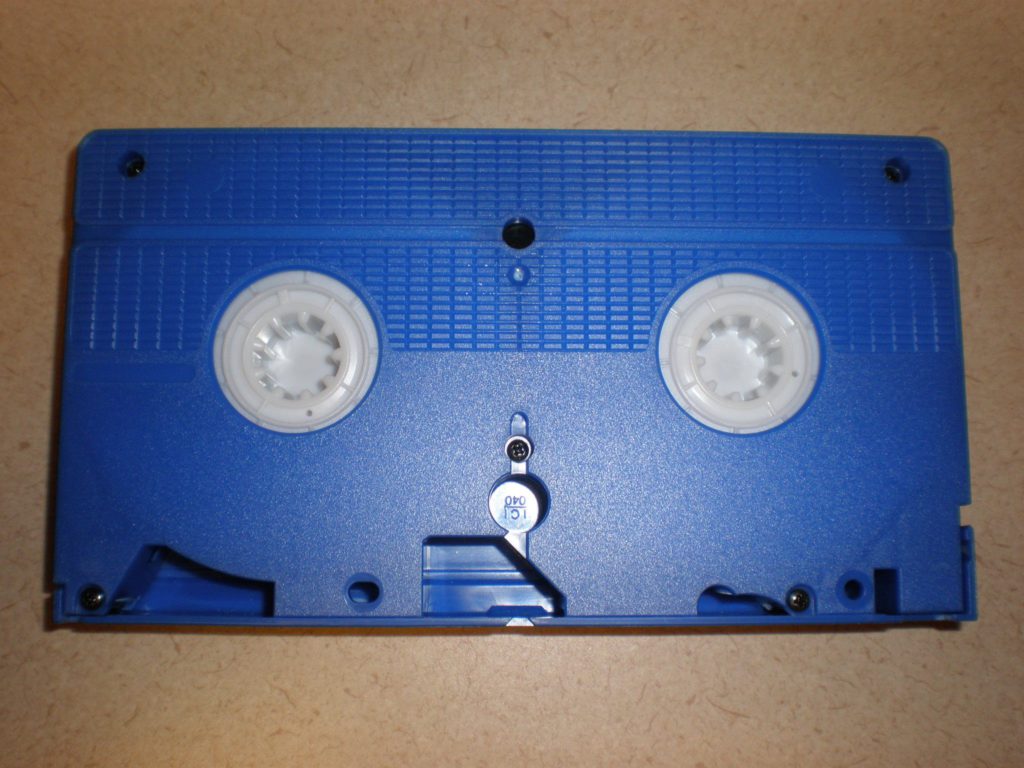
The phrase “Be Kind, Rewind” symbolized an entire era when VHS tapes transformed living rooms into personal movie theaters, despite their finicky nature and limited lifespan.
Each tape held a precious 2-6 hours of content that required proper maintenance to preserve quality. Programming VCRs to record shows demanded technical skills that eluded many users—settings so complicated they became standard sitcom joke material.
(Remember the blinking “12:00” on every VCR in America?) Proper storage required keeping tapes vertical, away from magnets and heat. Despite careful handling, even well-maintained tapes degraded with repeated viewing.
Digital formats eventually made these meticulous practices unnecessary. Now these once-prized collections gather dust in storage, too nostalgic to discard but too outdated to enjoy.
6. Carousel Slide Projectors (1960s-1990s)
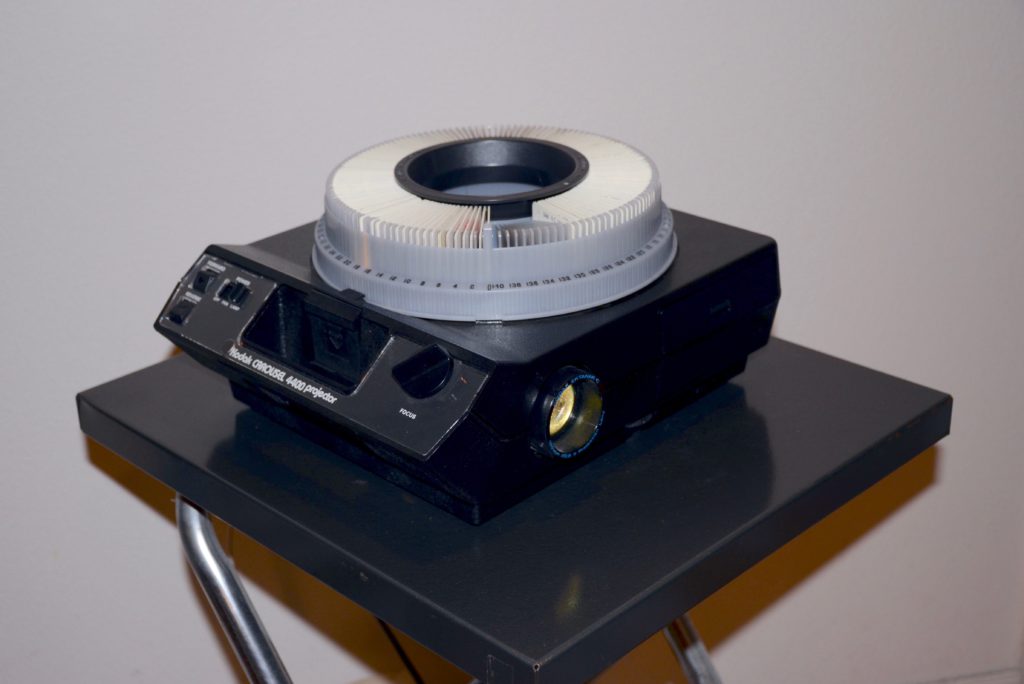
Family gatherings once paused for the ceremonial setup of carousel slide projectors, when sharing vacation photos required darkness, equipment, and a willing audience.
The carousel projector, patented in 1965, revolutionized family photo sharing with its rotating tray design. Each circular carousel held up to 140 slides that advanced with a satisfying mechanical click.
Families gathered as images projected onto walls or screens while narrators provided context for each picture. The projector’s warm hum and occasional jam became part of the experience.
Digital photography fundamentally changed how people capture and share images. Family slideshow nights gradually disappeared by the early 2000s, replaced first by computer slideshows and later by instant smartphone sharing and social media posts.
5. Reel-to-Reel Tape Recorders (1950s-1980s)

The hypnotic spinning of dual reels created both visual drama and superior sound quality, making reel-to-reel recorders the platinum standard for audio enthusiasts who valued fidelity over convenience.
These sophisticated recording devices offered superior sound quality and editing capabilities that other formats couldn’t match. The visible tape movement added theatrical elements to listening experiences.
Audiophiles appreciated the warm, rich sound reproduction that many still consider superior to digital. Musicians valued the editing potential—physically cutting and splicing tape to create precise arrangements.
Professional studios continued using reel-to-reel equipment well into the digital era due to sound quality advantages. As digital recording technology improved, these elegant machines gradually disappeared from regular use, though vintage audio enthusiasts still maintain and collect them.
4. Rolodexes (1950s-2000s)

For business professionals, a well-stocked Rolodex represented social capital and opportunity—a physical LinkedIn network sitting prominently on desks long before digital connections existed.
Each card contained names, phone numbers, and addresses—accessible with a quick flip through alphabetized tabs. Some executives specifically included Rolodex ownership in employment contracts when changing companies.
This recognized the value of those carefully curated contacts. Digital contact systems eventually made these physical directories obsolete. Smartphones now store thousands of contacts with searchable details and synchronization across devices.
The distinctive card-flipping sound that once signaled networking prowess has largely fallen silent.
3. TV Antennas (1950s-2000s)
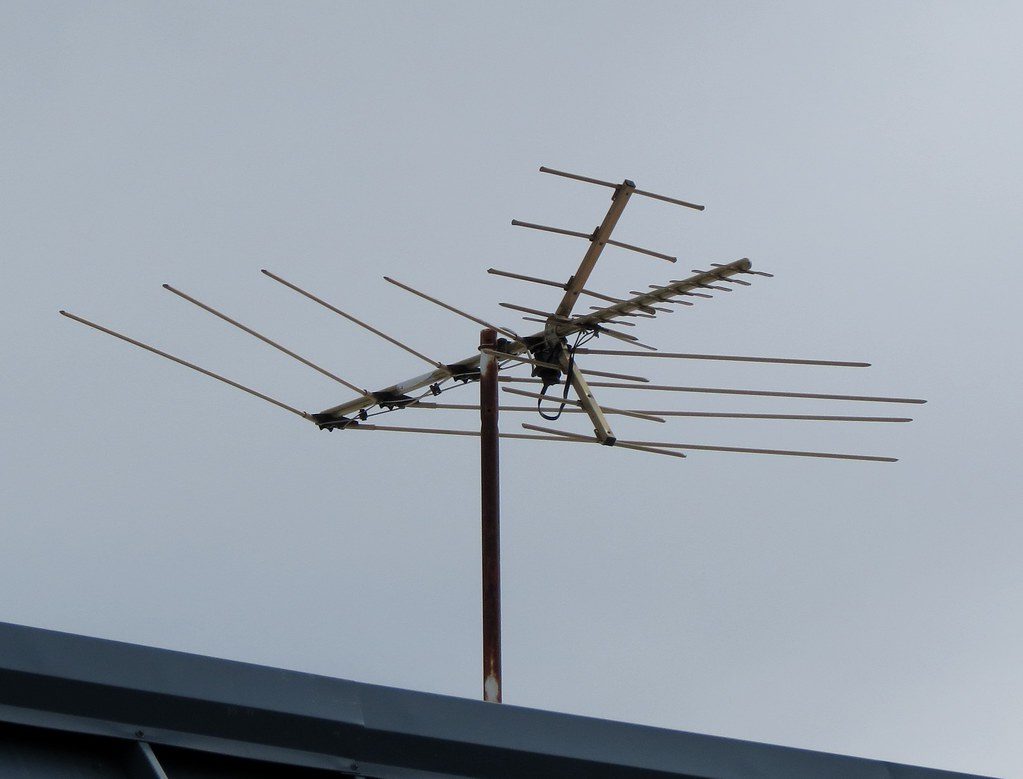
“A little to the left… no, back slightly… right there, DON’T MOVE!” became household mantras as families coordinated precise antenna adjustments to capture clear television signals.
Rooftops across America once bristled with metal structures capturing invisible broadcast signals. These antennas came in various designs, from massive rooftop arrays to the compact “rabbit ears” perched atop television sets.
Adjusting these antennas required patience and coordination—often with one family member manipulating the antenna while another watched the screen shouting directions. This became standard household communication.
The digital broadcasting transition in 2009 combined with cable and streaming services made traditional antennas increasingly rare. Modern digital antennas maintain much lower profiles, while many households have abandoned broadcast television entirely for streaming services.
2. Film Strip Projectors (1940s-1980s)
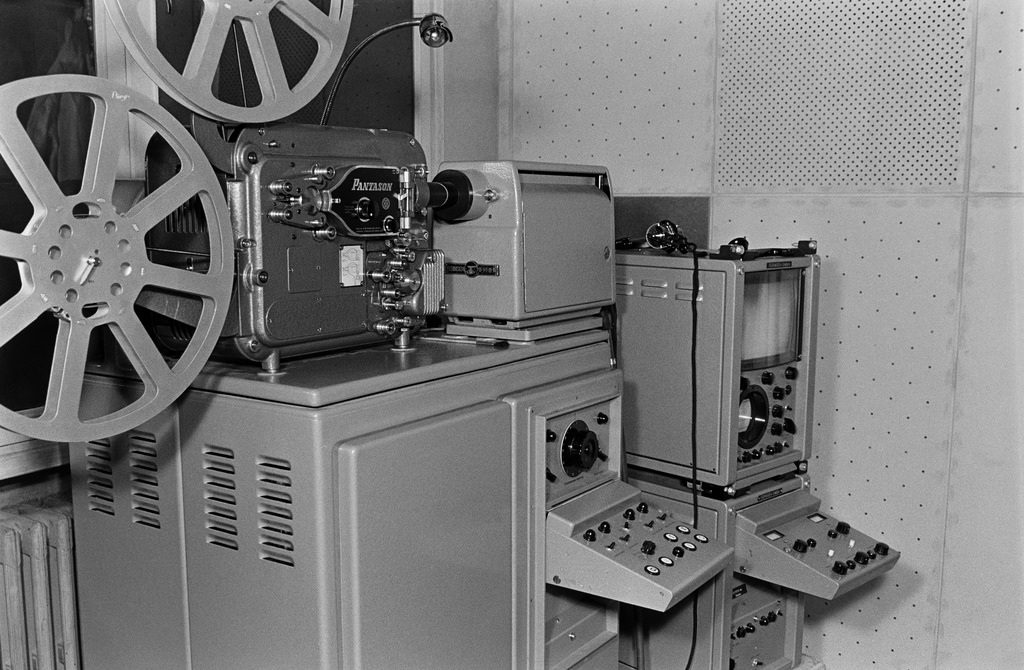
The distinctive click-beep rhythm of film strip projectors signaled educational content across American classrooms, while creating coveted student jobs as projector operators.
Classroom learning changed dramatically when teachers dimmed lights and threaded film through these specialized projectors. Educational content advanced frame by frame, accompanied by audio from records or cassettes.
The audio signaled when to advance with an audible beep. The projector’s beam cutting through darkness created an atmosphere of anticipation. Dust particles dancing in the light became as mesmerizing as the educational content itself.
Being selected to operate the projector conferred special status among classmates. These analog teaching tools covered every subject from science to literature, making abstract concepts more concrete through visual representation. Video cassettes in the 1980s followed by digital content eventually rendered film strips obsolete.
1. Cereal Box Toys (1950s-2000s)

If you grew up eagerly digging through sugary cereal just to find a plastic toy, you experienced marketing genius that defined generations of breakfast routines. Gen Z kids probably won’t get to experience this.
Opening a new box meant excavating through flakes to discover plastic figurines, holographic stickers, or temporary tattoos hiding inside. Major cereal brands built entire marketing campaigns around collectible series.
This clever strategy encouraged repeat purchases as children worked to complete sets. The anticipation of discovery created excitement disproportionate to the actual value of these simple toys.
Health concerns, choking hazards, and shifting marketing priorities eventually led manufacturers to phase out physical prizes. Digital codes and online games have largely replaced the tangible surprises, though many adults still remember the distinctive sound of a plastic toy hitting the breakfast bowl during an enthusiastic pour.

